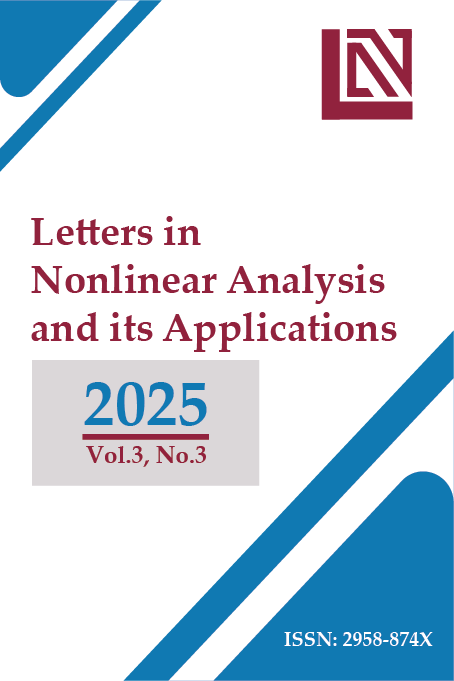4-Body Problem of Classical Electrodynamics - Derivation of Equations of Motion (I)
Keywords:
Classical electrodynamics, 4-body problemAbstract
The primary purpose of the present paper is to continue the our previous investigations and apply the technique from the 2-body and 3-body problems of classical electrodynamics to the 4-body problem. First, we extend the problem for $N$ charged particles based on our previous results and introducing radiation terms. Moreover, we justify the radiation time within the framework of non-standard analysis. The equations of motion are neutral type nonlinear differential equations with state dependent delays. In the next papers we prove the existence-uniqueness of a periodic solution. In this way we hope to explain the existence of Lithium atom and Hydrogen molecules.
References
1] V. G. Angelov, The N-body problem in classical electrodynamics, Physics Essays, 6 (2), 1993, 204-211.
[2] V. G. Angelov, J. M. Soriano, Uniqueness of escape trajectories for N-body problem of classical electrodynamics, Mathematical Sciences Research Journal, 8 (6), 2004, 184-195, ISSN: 1537-5978.
[3] V. G. Angelov, On the original Dirac equations with radiation term. Libertas Mathematica (Texas), 31, 2011, 57-86. ISSN:
0278-5307 (print version); 2182-567X (online version).
[4] V. G. Angelov, Periodic solutions of the Dirac-Lorentz equation. International Journal of Theoretical and Mathematical Physics, 9(5), 2019, 136-152. DOI: 10.5923/j.ijtmp.20190905.03.
[5] V. G. Angelov, Two-body problem of classical electrodynamics with radiation terms – derivation of equations (I). International Journal of Theoretical and Mathematical Physics, 5(5), 2015, 119-135.
[6] V. G. Angelov, Two-body problem of classical electrodynamics with radiation terms – periodis solutions (II). International Journal of Theoretical and Mathematical Physics, 6(1), 2016, 1-25.
[7] V. G. Angelov, The electromagnetic three-body problem with radiation terms– derivation of equations of motion (I). Results in Nonlinear Analysis, 3 (2), 2020, 45-58. (ISSN 2636-7556).
[8] V. G. Angelov, The electromagnetic three-body problem with radiation terms – existence-uniqueness of periodic orbit (II). Results in Nonlinear Analysis, 3 (3), 2020, 137-158. (ISSN 2636-7556).
[9] M. Davis, Applied Nonstandard Analysis, J. Wiley and Sons, New York, 1977.
[10] P. A. M. Dirac, Classical theory of radiating electrons. Proc.Roy.Soc. (London), A1, 1938, 148-169.
[11] R. D. Driver, A two-body problem of classical electrodynamics; one-dimensional case, Annals of Physics (N.Y.), 21, 1963, 122-142.
[12] R. D. Driver, A neutral system with state-dependent delay, J. Diff. Equations, 54 (1), 1984, 73-86.
[13] G. Herglotz, Gottingen Nachrichten, Math.-naturwissenschaften. KL, 1904, p. 549.
[14] W. A. J. Luxemburg, Non-standard analysis, Lectures on Robinson’s Theory of Infinitesimals and Infinitely Large Numbers, Pasadena,1962, revised edition, 1964.
[15] W. Pauli, Relativitaetstheorie. Encyklopedie der Mathematischen Wissenschaften, Band. 5, Heft 4, Art. 19, 1921.
[16] R. W. Pohl, Optik und Atomphysik, Springer Verlag, 1963.
[17] A. Robinson, Non-standard analysis, Studies in Logic and Foundation of Mathematics, North-Holland, 1966.
[18] A. Sommerfeld, Annalen der Physik, Bd 33, 1910, p. 665.
[19] A. Sommerfeld, Atomic Structure and Spectral Lines, London, Mathuen and Co., 1934.
[20] J. L. Synge, On the electromagnetic two-body problem, Proc. Roy. Soc. (London), A177, 1940, 118-139.
Downloads
Published
Issue
Section
License
Copyright (c) 2025 Letters in Nonlinear Analysis and its Applications

This work is licensed under a Creative Commons Attribution 4.0 International License.


